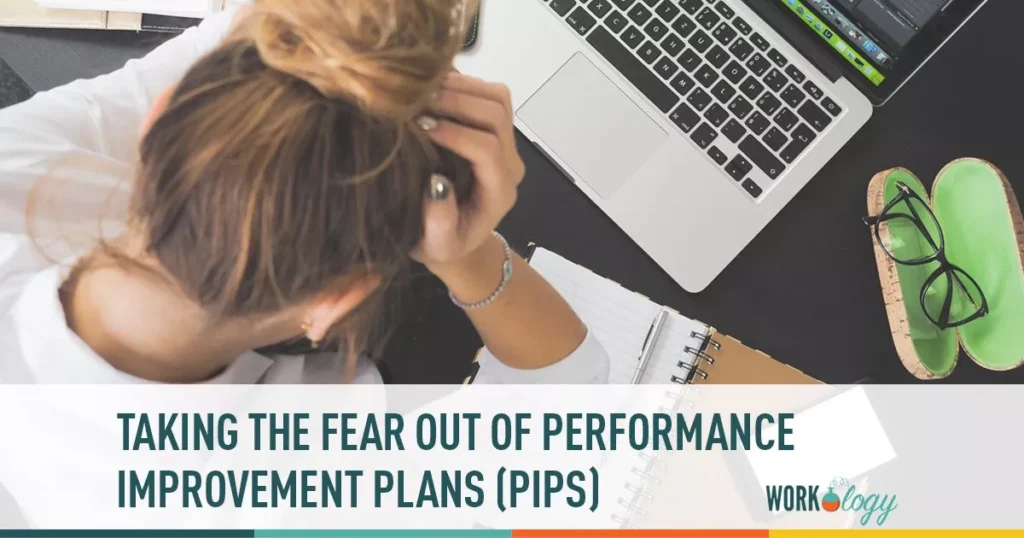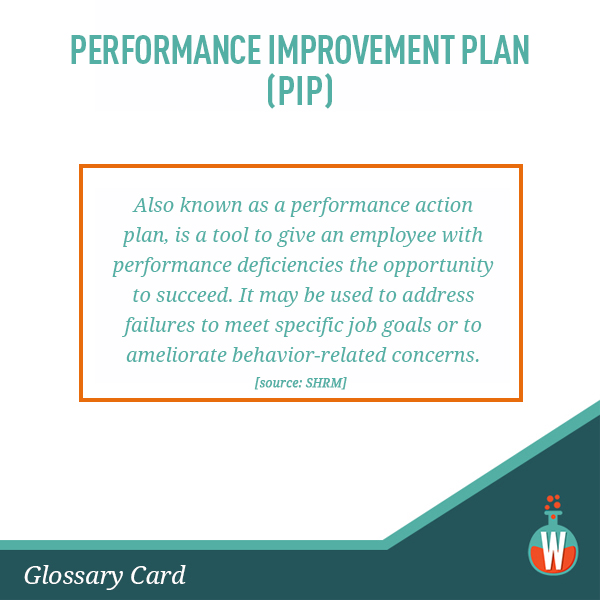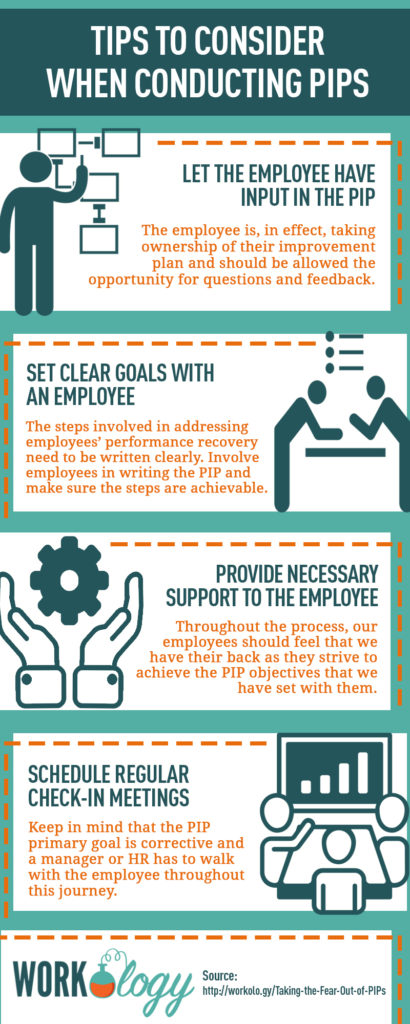PIP fear is real, and it doesn’t just affect employees who receive one. When it becomes necessary to document poor performance, the performance improvement plan is a tool for both manager and employee to agree on a path in which the employee’s performance must improve. Employees tend to see PIPs as “I’m going to get fired.” The job of the hiring manager isn’t just to outline how your employee can improve, it’s also essential to help team members understand that the PIP isn’t a setback; it’s actually an opportunity.
The Performance Improvement Plan: What Is It?
Employees and HR view PIPs differently. PIPs help our employees achieve their organizational goals by assisting them in taking remedial action to improve their performance. Nevertheless, employees are still terrified of PIPs. Many employees see the tool as a company’s way of “getting rid” of them, as a last step documented process that will lead to termination. Transparency around how your company decides when a PIP is necessary, what a PIP means, and how they will be conducted can help employees trust the process and see it as an opportunity to improve and be better in what they do. Instead of viewing it as a disciplinary tool, let them see it as an opening to achieve the organization’s growth by becoming the best fit.
How HR Can Better Support Both Managers and Employees With PIPs
It is our role in HR to facilitate the PIP implementation process. During the PIP meeting, managers must sit down with employees to review goals, areas in which an employee is falling short, and a strong action plan for how to help them succeed. New managers may find giving feedback somewhat awkward, so HR can help by training managers on best practices for creating a PIP and carrying out the PIP meeting.
Training for managers for performance improvement plans could include:
– Have a solid reason for the PIP.
– Consider likely problems that might arise during the conversation and how to solve each.
– Stick to facts.
– Discuss the plans involved and the way forward using actionable tasks, such as training or mentorship.
Our role in HR is to advise and support our managers on how to write PIPs, hold the PIP meeting, and follow up on the PIP, all while maintaining a professional level of distance and reassuring team members that a PIP is not the last stop before termination. Keep in mind: It isn’t personal.
The Basics of Creating the PIP Document and Meeting
For PIPs to be effective, they have to achieve their intended goal. At the most basic level, we should include the following while writing PIPs; confidential notice, performance gaps, previous discussions, improvement plan, resources, progress update, timelines for improvement consequences and expectations, employee and manager’s signature, and conclusion.
Here are a few tips to consider when conducting PIPs:
1. Let the employee have input in the PIP.
The employee is, in effect, taking ownership of their improvement plan and should be allowed the opportunity for questions and feedback. For example, a manager may outline a 6-week process to train on new software to help the employee’s productivity, but the employee may have an obstacle – like too much work to complete in a day – that prevents him or her from attending the training. The manager’s role here is to help the employee adjust their workload so they can be trained.
2. Set clear goals with an employee.
The steps involved in addressing employees’ performance recovery need to be written clearly. Involve employees in writing the PIP and the steps to improve, and make sure they are achievable and within their reach.
3. Provide necessary support to the employee.
Throughout the process, our employees should feel that we have their back as they strive to achieve the PIP objectives that we have set with them.
4. Schedule regular check-in meetings (daily or weekly depending on the urgency of the issue).
Keep in mind that the PIP primary goal is corrective and a manager or HR has to walk with the employee throughout this journey.
We must do regular check-ins so that our employees involved in PIPs feel encouraged, as this will help them achieve their improvement goals.
RESOURCES










